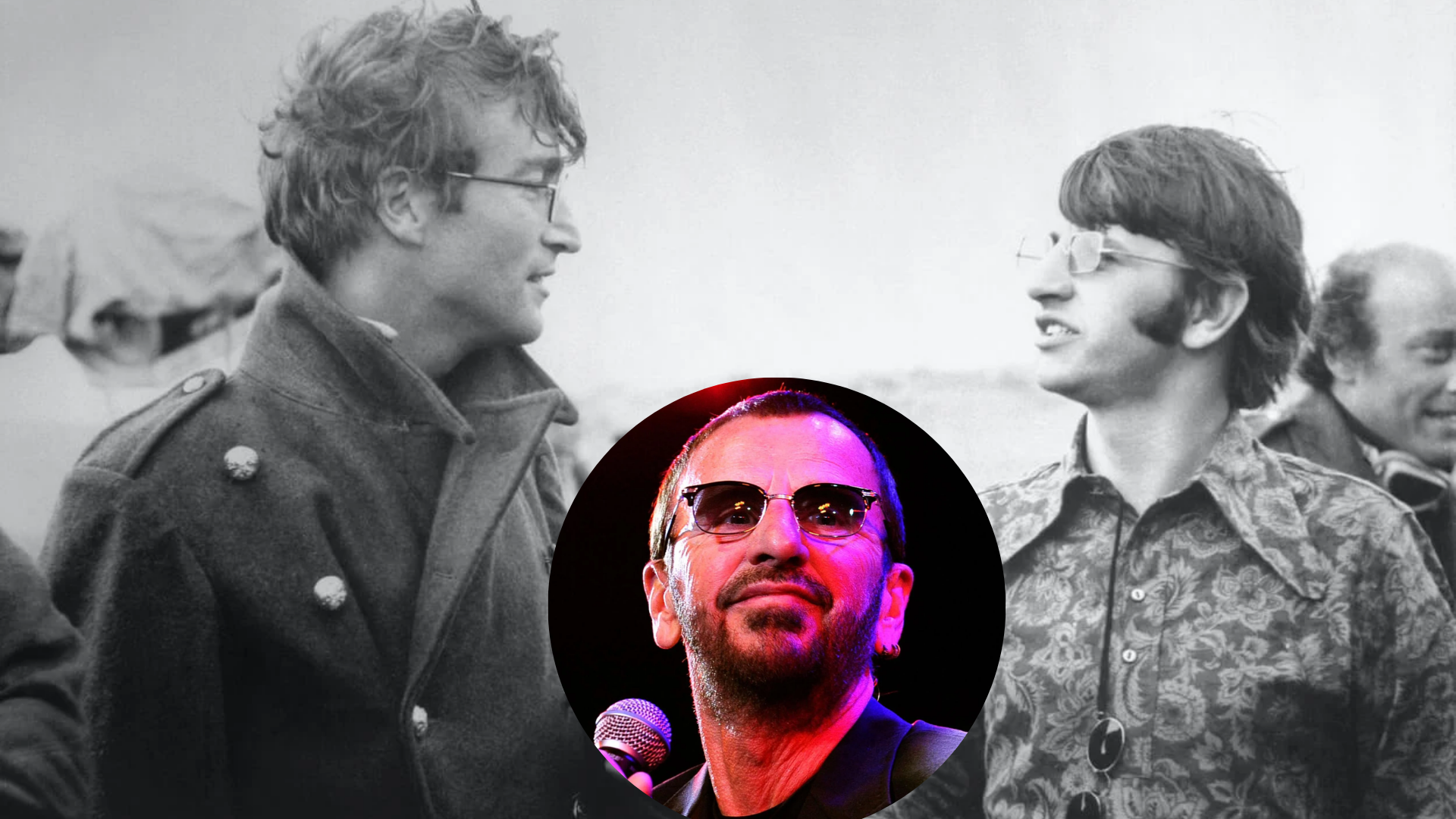
“We Can Work It Out” is one of The Beatles’ most well-known and beloved tracks, showcasing the band’s ability to blend catchy melodies with insightful lyrics. Released as a single in 1965, this song became an instant classic and exemplifies the evolving musical style of The Beatles during the mid-1960s. The song appeared on the album Rubber Soul, a record that marked a turning point in the band’s musical experimentation, fusing folk, rock, and pop influences.
Written by Paul McCartney and John Lennon, “We Can Work It Out” is a song about conflict resolution in a relationship, with lyrics that reflect a desire to find common ground despite differences. The message of the song is one of compromise and understanding, with the repeated refrain “We can work it out” acting as both a plea and a hopeful statement of possibility. The song explores the emotions of frustration and confusion but ultimately emphasizes the importance of communication and collaboration to overcome obstacles.
The musical composition of “We Can Work It Out” is distinctive for its blend of styles, combining a catchy pop structure with a more serious folk influence. The song opens with a light, bouncy melody played on piano by McCartney, which contrasts with the introspective and somewhat more melancholic feel of Lennon’s middle-eight section. The shift in mood between these two sections—one more upbeat and the other more reflective—adds to the tension of the song, mirroring the theme of trying to reconcile differences. This contrast in musical styles also highlights the individual contributions of McCartney and Lennon, who each brought their unique songwriting perspectives to the track.
McCartney’s melody is infectious and lively, with his cheerful vocal delivery creating a sense of optimism, while Lennon’s bridge (middle-eight) adds a more emotional and introspective feel. This combination of lighthearted and serious elements is one of the song’s defining features. The dynamics of the song reflect the internal conflict of trying to work out problems in a relationship, where both sides must come to terms with their differences, but still find hope in the idea of compromise.
The instrumental arrangement features a beautiful combination of instruments, including the use of George Harrison’s jangly 12-string guitar, which adds depth and texture to the sound. The track also makes effective use of Ringo Starr’s drumming, providing a steady beat that keeps the song moving while supporting its changing moods. The arrangement gives the song a dynamic quality, helping to capture the emotional shifts within the lyrics.
“We Can Work It Out” became a massive commercial success, topping the charts in both the UK and the US. Its catchy melody and relatable message about the ups and downs of relationships helped it become one of The Beatles’ most enduring songs. In the years since its release, it has continued to be a staple of The Beatles’ catalog, frequently featured on compilations and in retrospectives of the band’s work.
The song is also notable for its production, which reflects the increasing sophistication of The Beatles’ recordings during this period. The band’s increasing interest in studio experimentation can be heard in the complex layering of vocals, instruments, and effects. The single’s success further cemented The Beatles’ growing reputation as innovators in the studio, helping to define the sounds of the 1960s.
In conclusion, “We Can Work It Out” remains a quintessential Beatles song that encapsulates the spirit of collaboration, both within the band and in the themes of the song itself. The combination of McCartney’s uplifting melody, Lennon’s introspective lyrics, and the band’s innovative instrumentation makes it a standout track in The Beatles’ catalog. The song is a timeless reminder that, despite life’s inevitable conflicts and challenges, there is always hope for resolution if we’re willing to work together. Its universal message and memorable melody continue to resonate with listeners today, cementing it as one of The Beatles’ most enduring and beloved hits.